In March, the cob or mud house in Monte Roberto was opened to the public for just one day. We had already visited an entire district of mud houses in Macerata, Villa Ficana, but we couldn’t miss the opportunity right on our doorstep.
Elke, Isabelle and I have driven past this house so many times, but noone managed to go in! It was Isabelle’s turn this time to go and explore it.
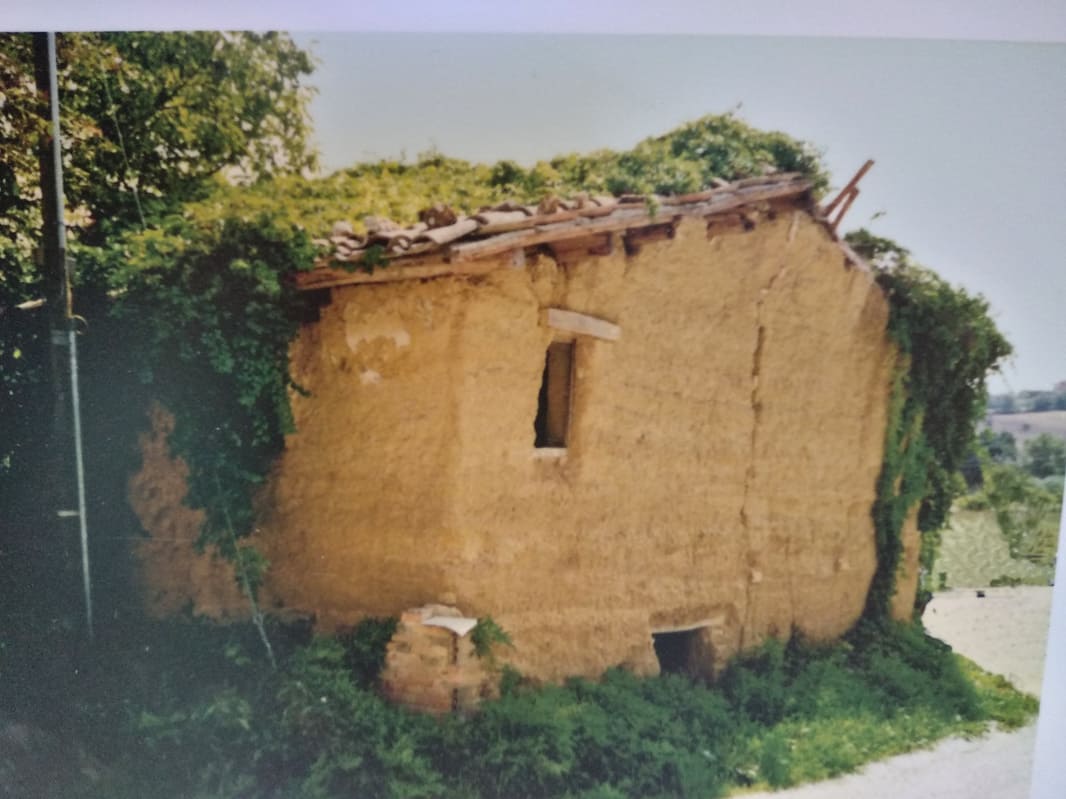
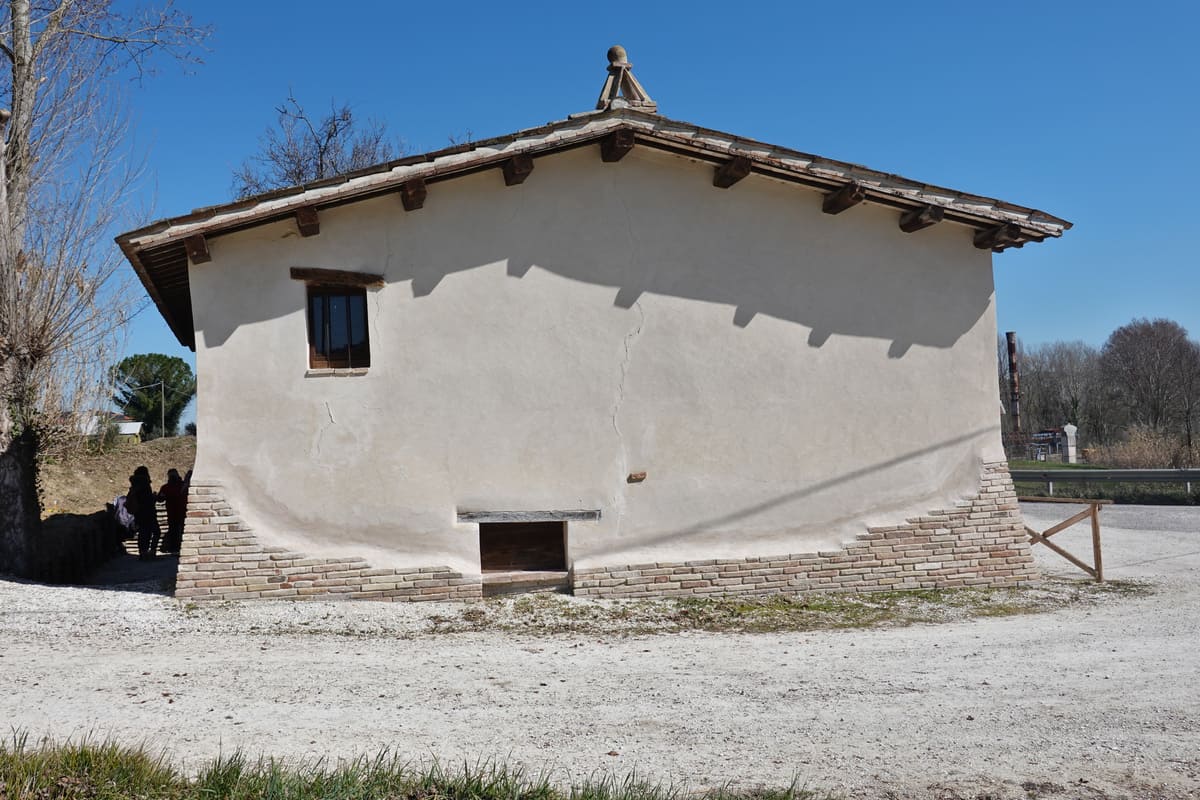
The guide welcomed Isabelle and the other visitors and explained that the municipality of Monteroberto bought the building in 1998 from the Fava family, to whom the house belonged. The first renovation works on the outer walls took place from 2002-2004. In 2012-2013, the east side of the house was restored to also tackle the inner part after the earthquake of 2016. Finally, the interior walls were restored and the first floor was connected to the ground floor via a wooden staircase.
The former residents probably entered their living area via an outside staircase.
Such mud houses were destined for the poorest of the poor, often for wage labourers, or very poor landowners or those who had been evicted from their tenement farms. People were often ashamed to live in such a house. In 1934 there were officially 1401 mud houses registered in the whole Le Marche, most likely there were many more, but most have disappeared, because of the meaning people gave to them It could also happened that, once abandoned by the inhabitants, such buildings did not survive long, without constant maintenance.

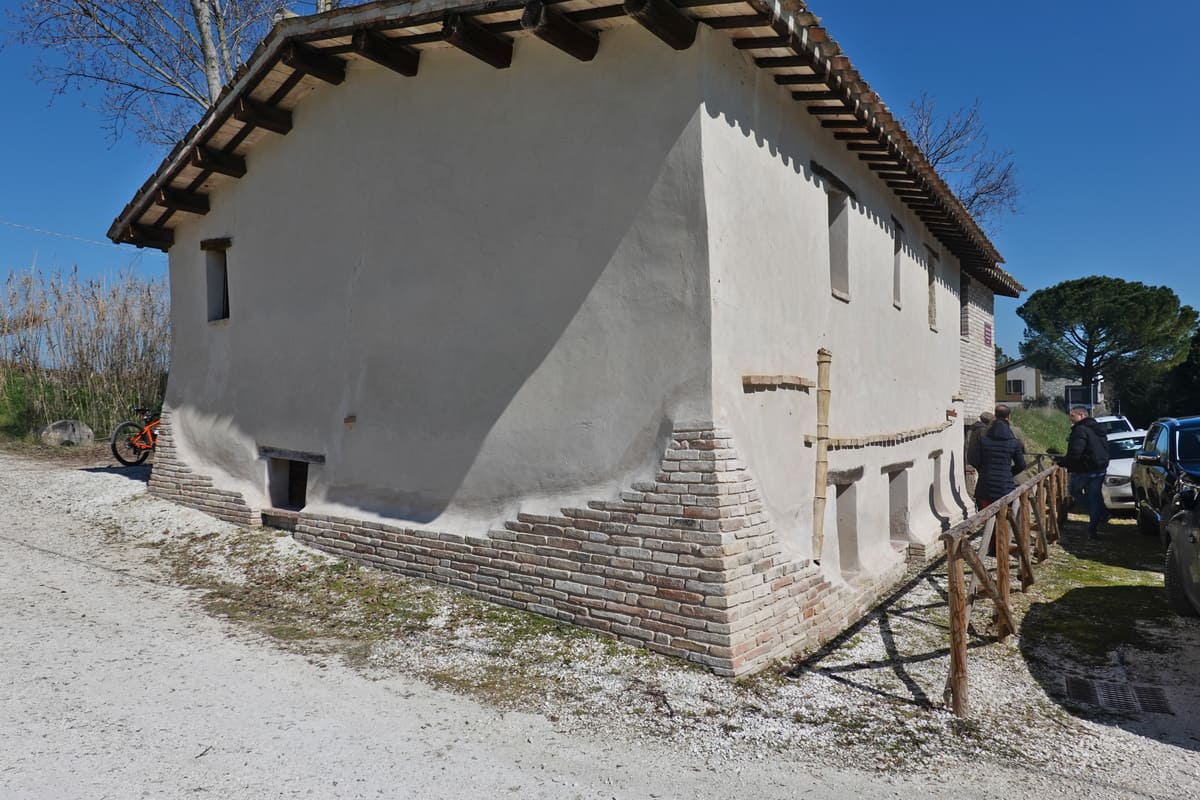

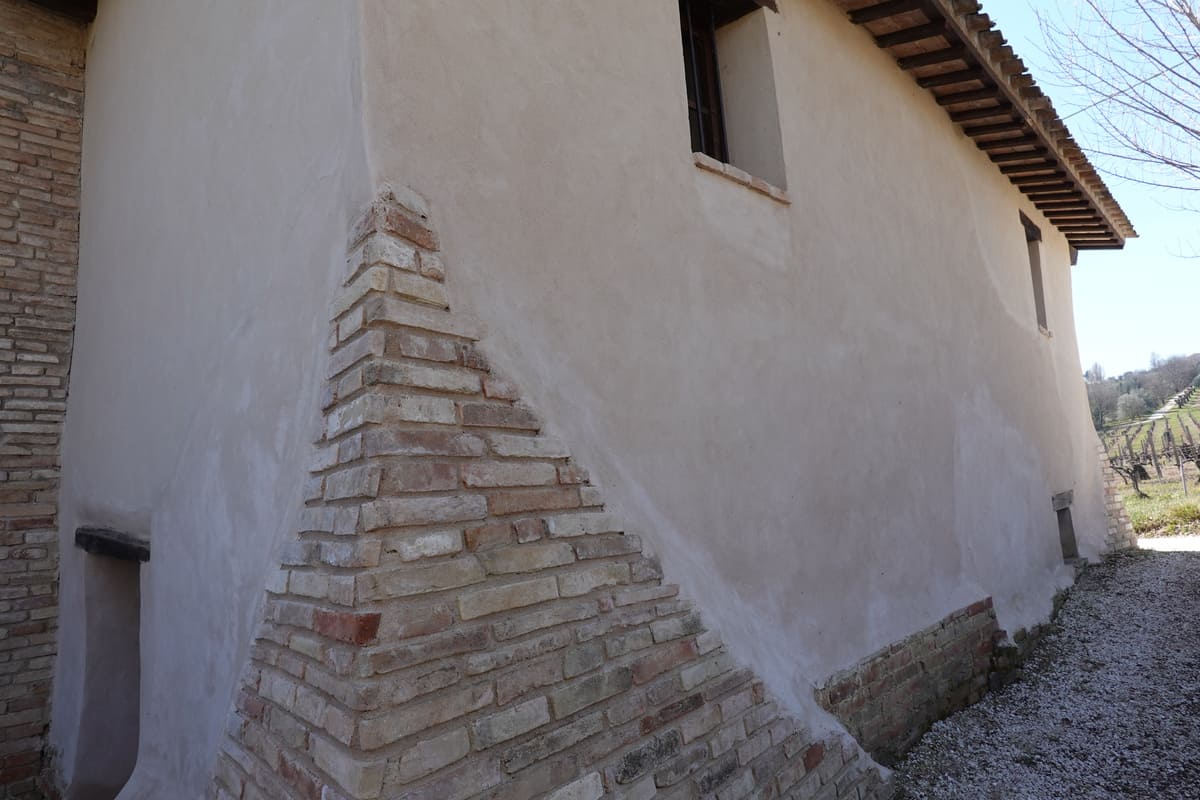
This particular cob house was built during the 1800 as a single house, not being part of any district. Before erecting such a house, the soil was carefully studied, because the clay had to be good and come from the immediate vicinity, as there was no money for transport. Many people often came to help, they mixed clay with straw, put it in wooden block shapes and this created, as it were, clay building blocks that were allowed to dry in the sun.
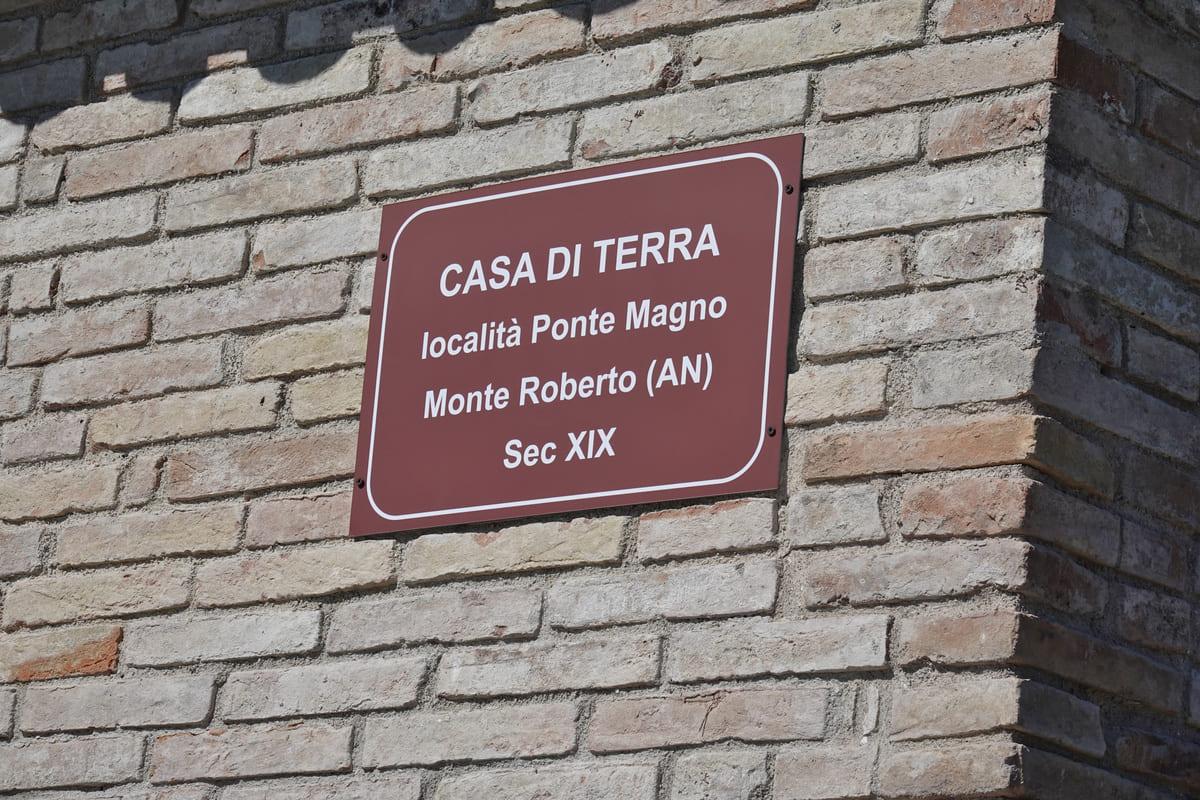


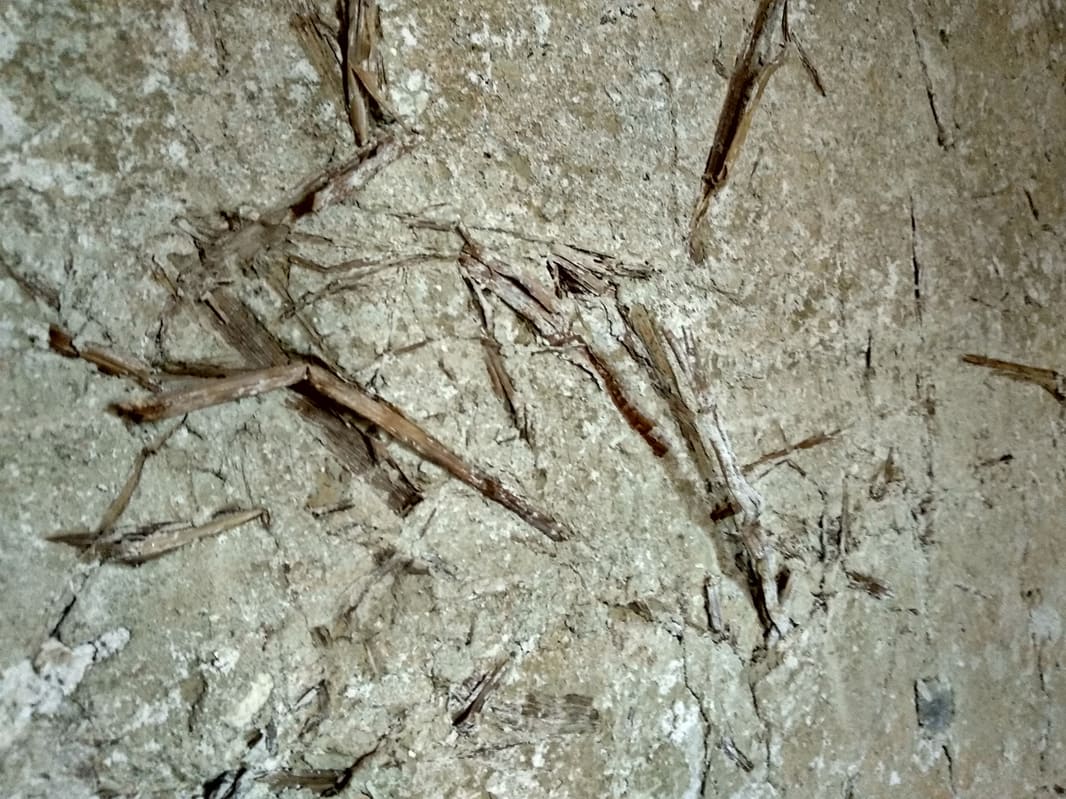
A foundation was built with bricks, with stables and/or cellars on the ground floor. The ground was once lower, but over time the ground raised so that the current entrance seemed small.
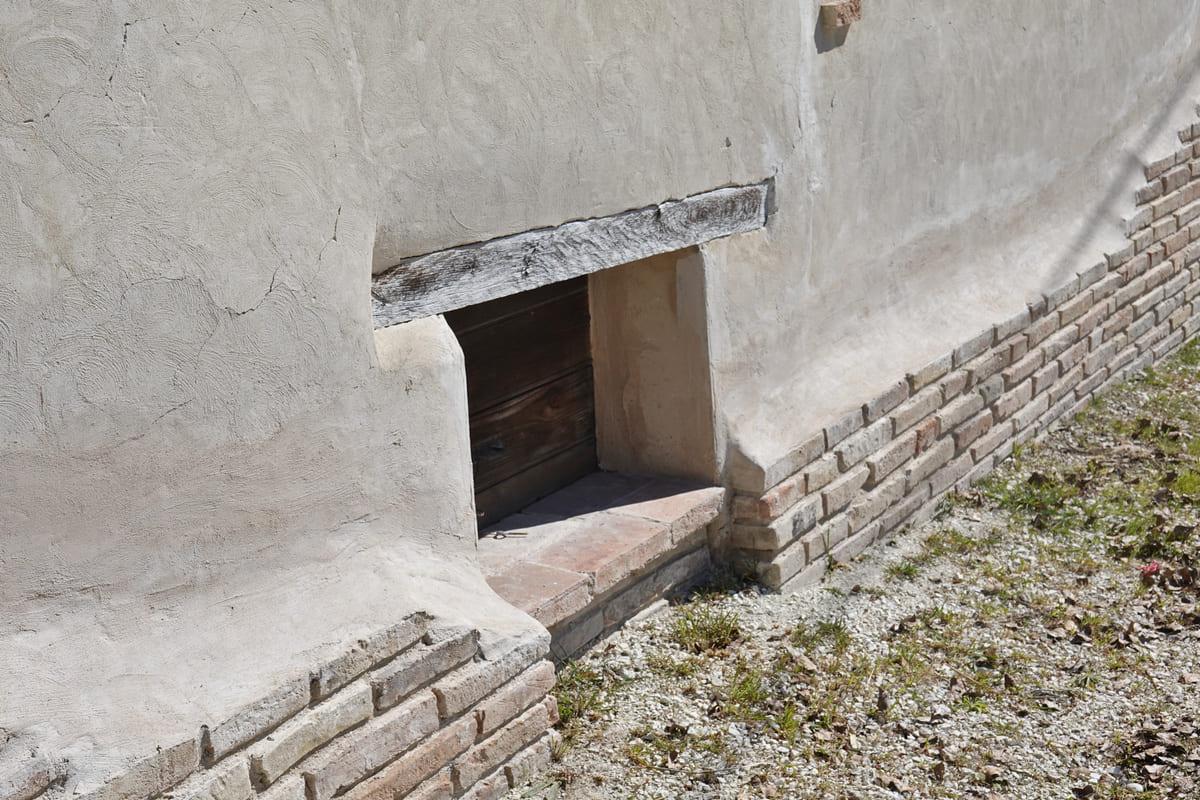

Inside there was no power. There are some remnants of the stucco that had partly disappeared, but was once colored blue against the insects.
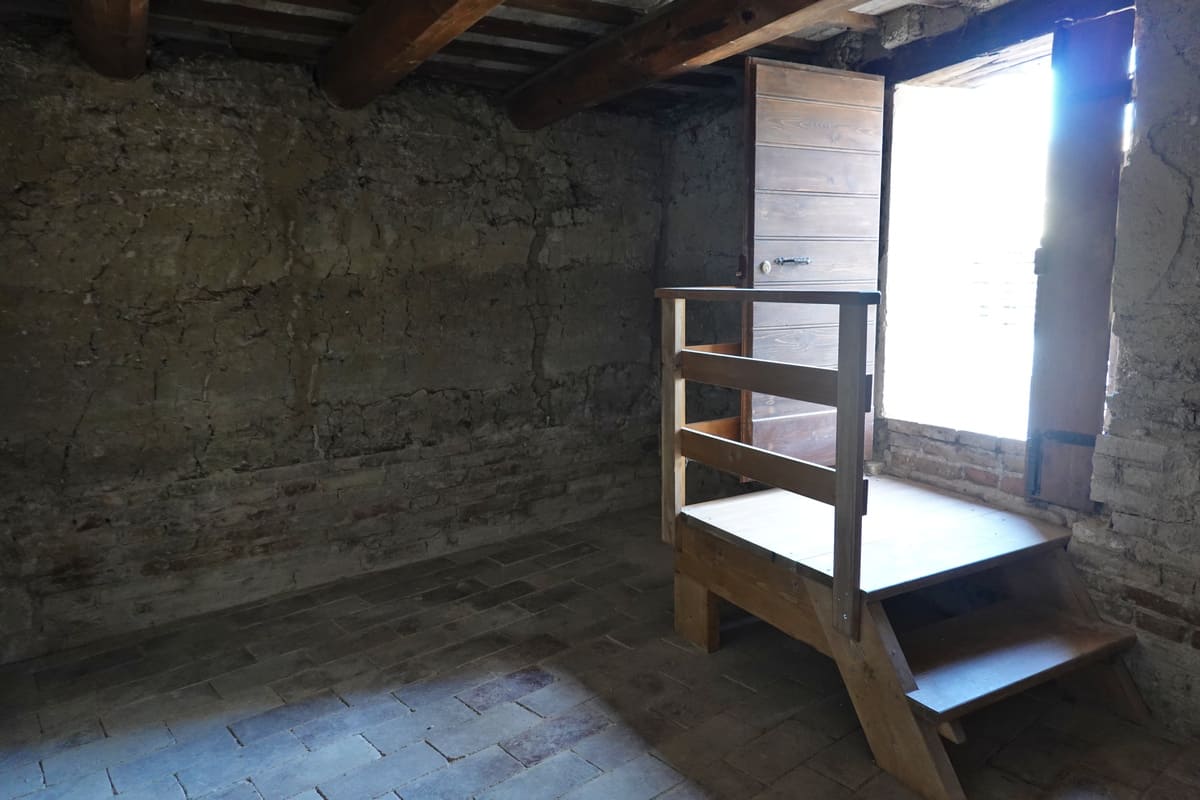

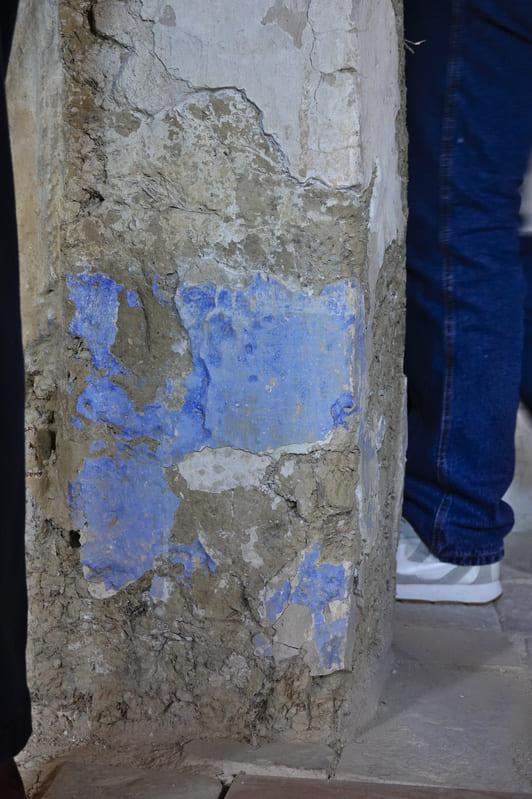
The mud houses once also had straw on their roofs, on which the roof tiles were laid. This was no longer the case here.
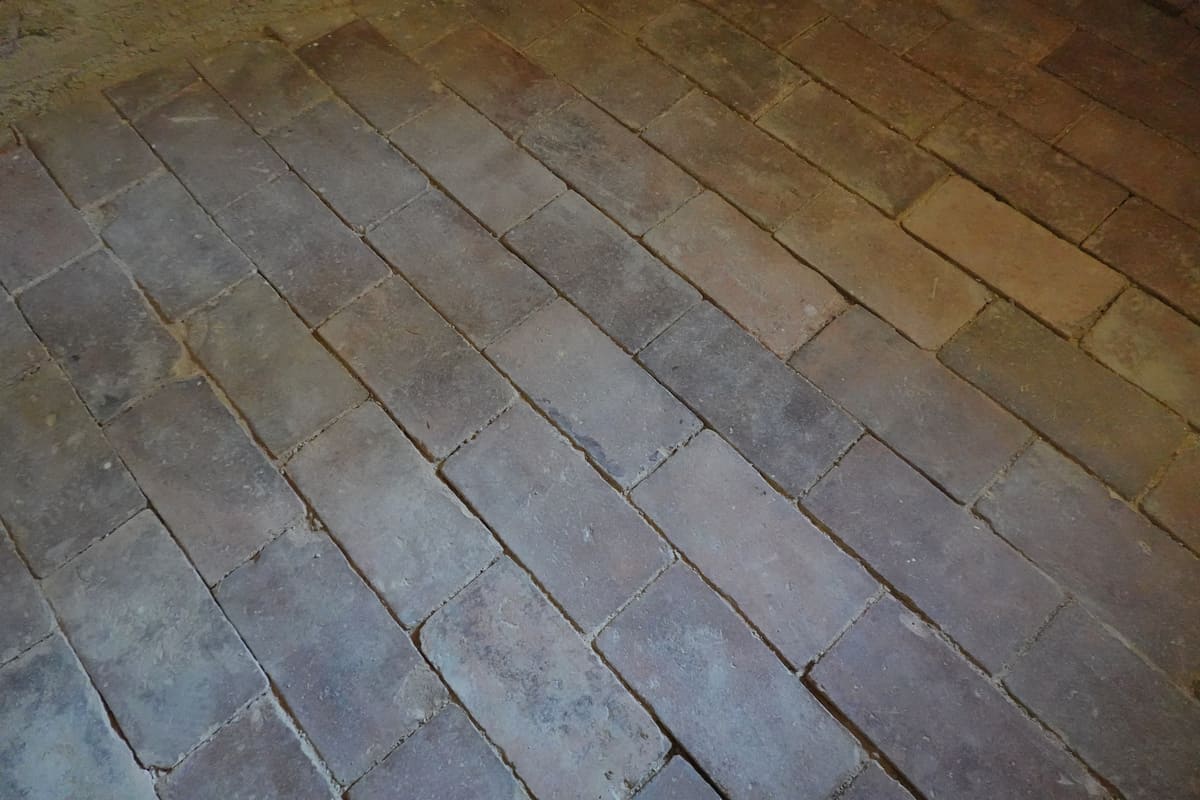
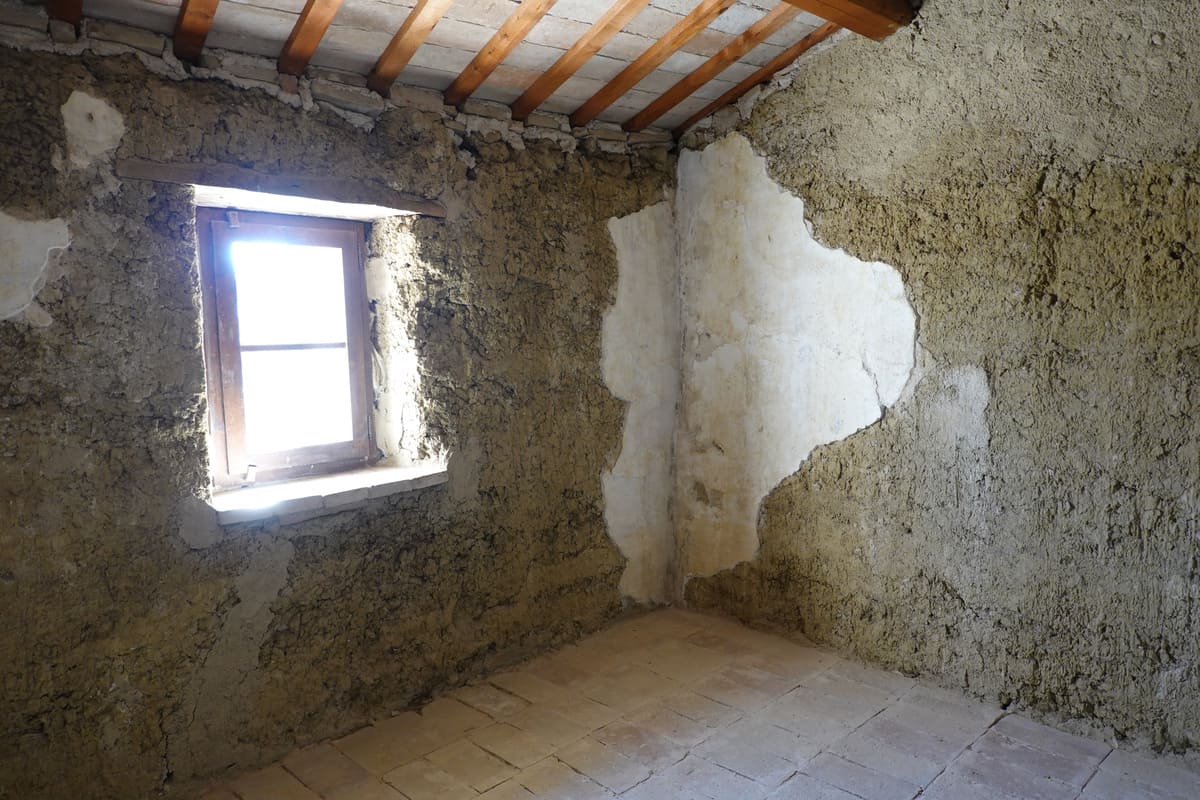

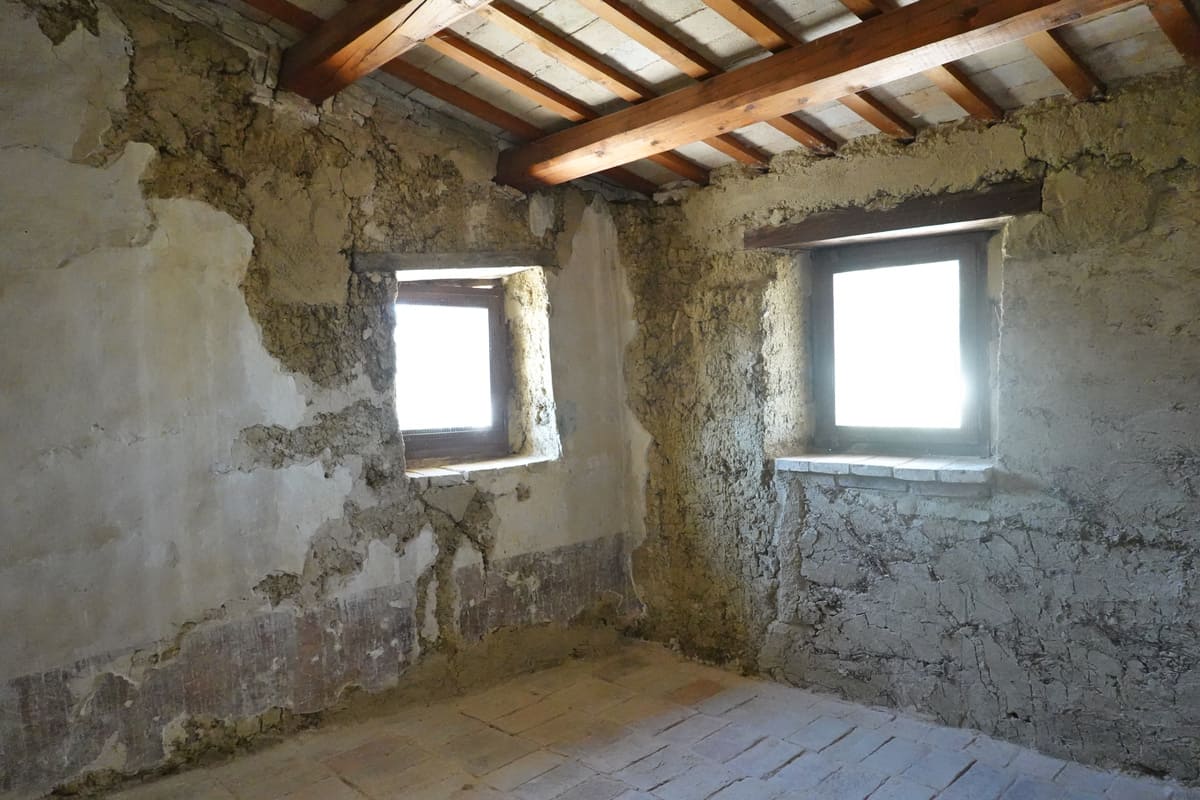
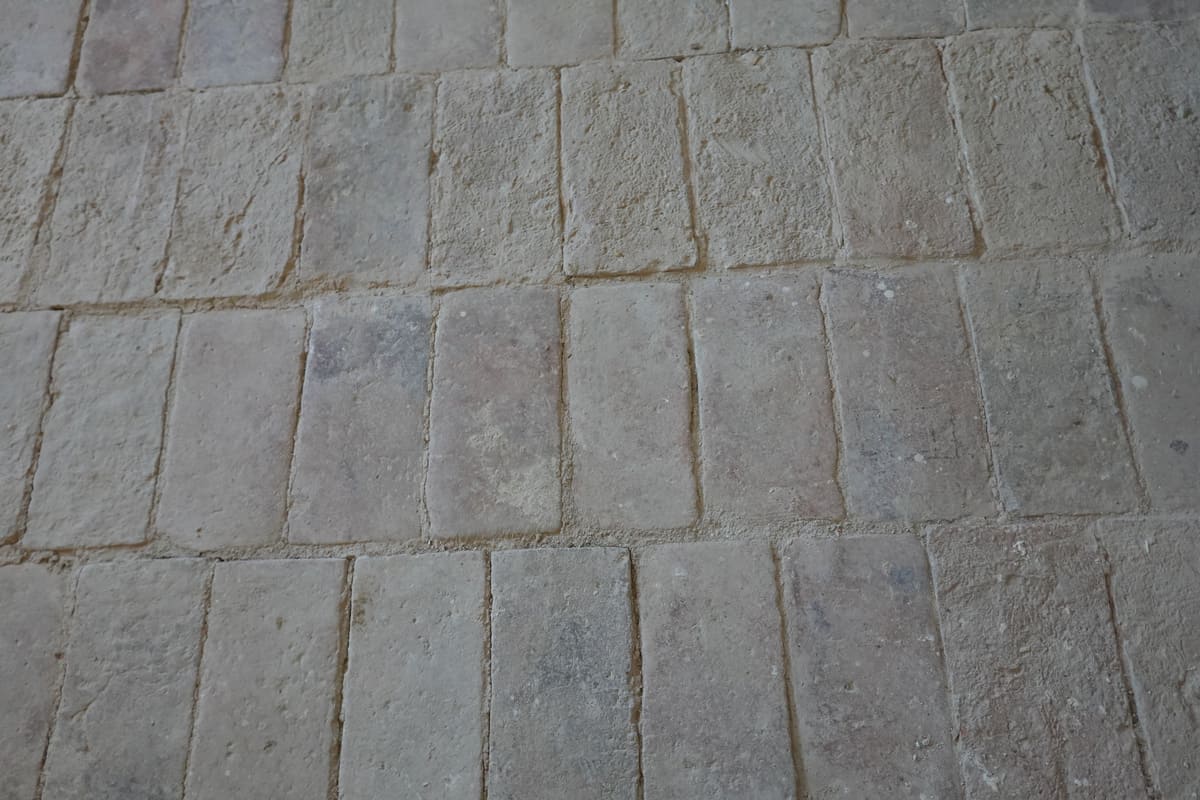
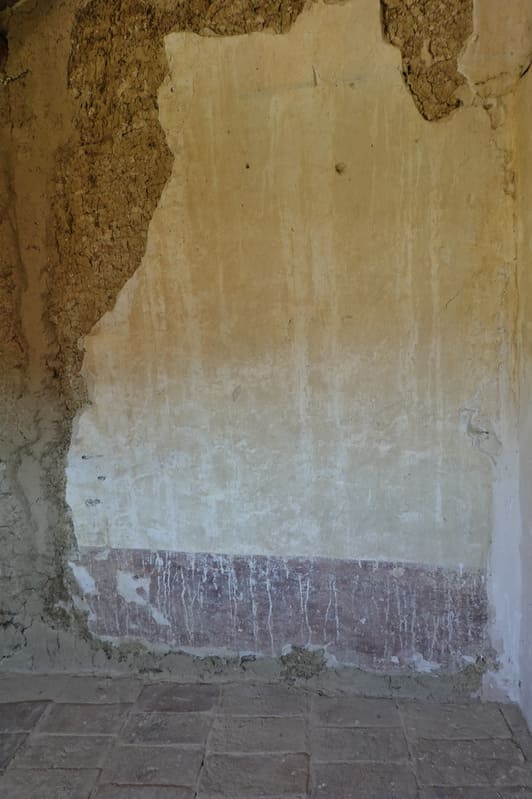
The first floor can be reached via the stairs; here there are the fireplace and a sink. But that sink had been in several places in the house, as they discovered several more drain holes.
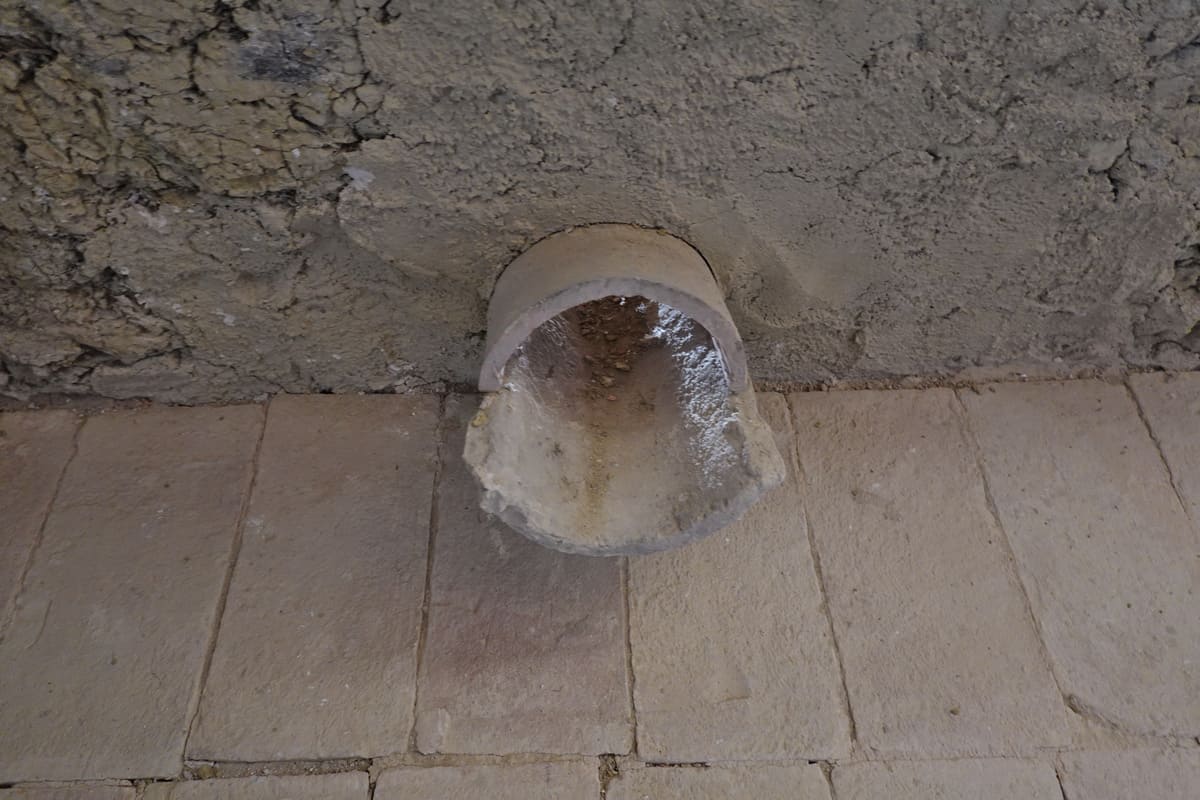
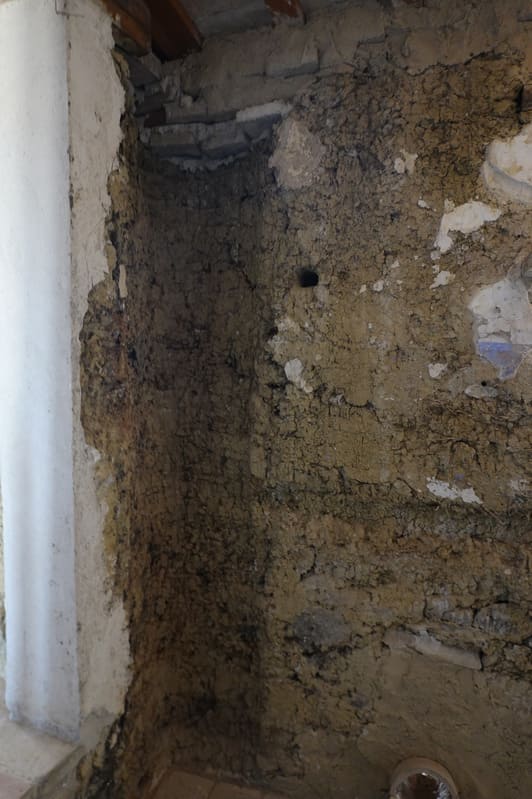
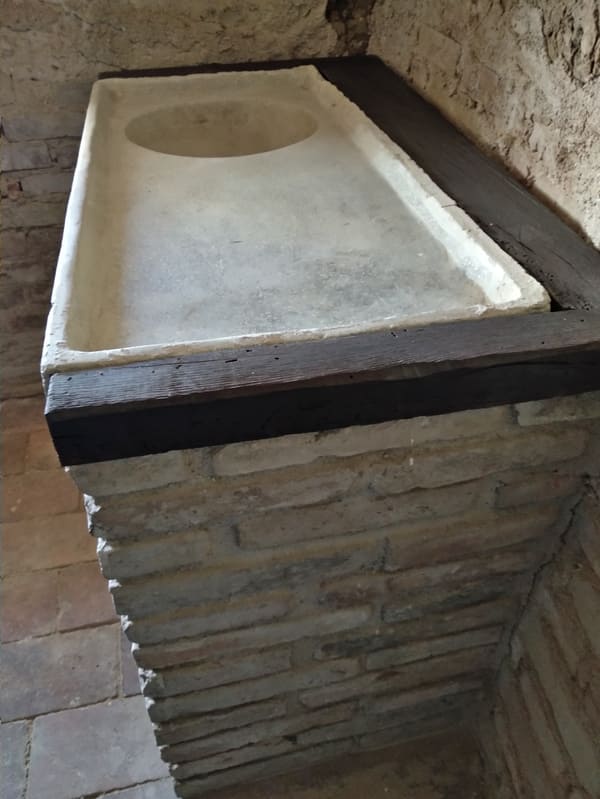


A small house, in which families lived their lives for years. If the walls could tell…

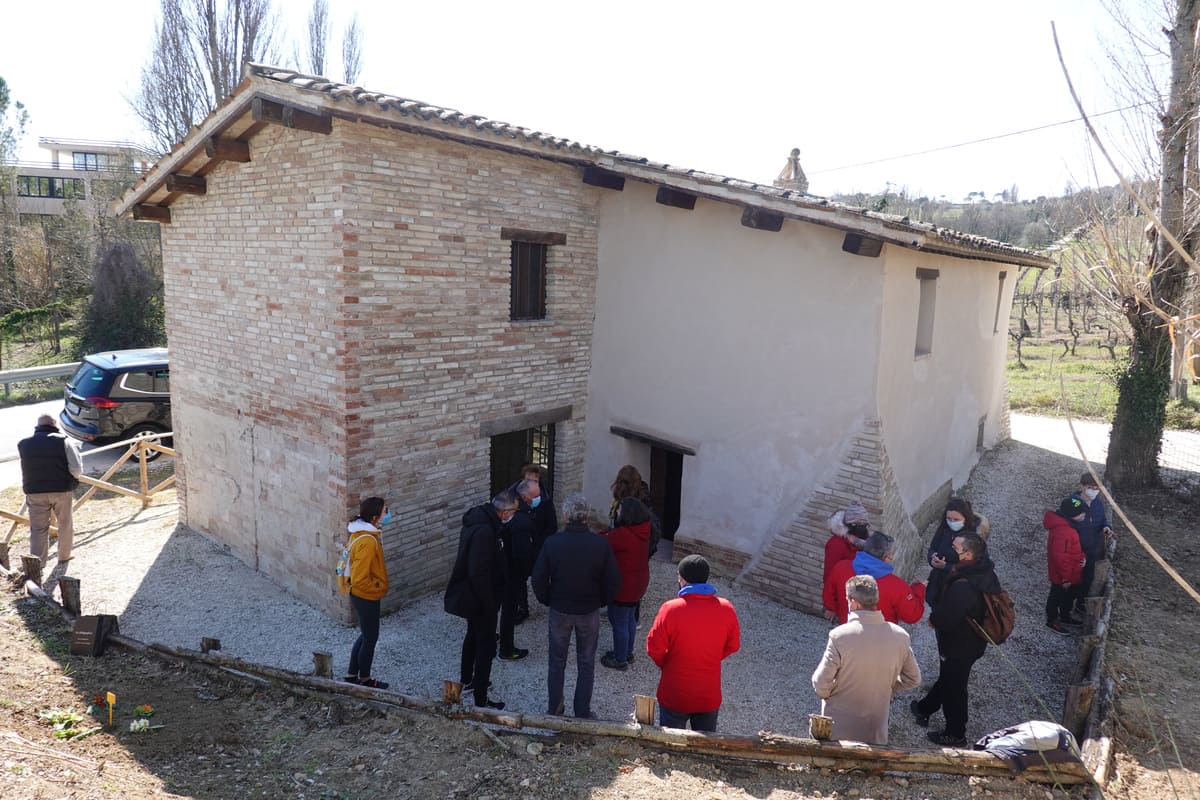
An interesting tour! They want to give more guided tours in the future, but when was not yet known. But whoever drives from Monteroberto to Cupramontana will see the house on the right with the inscription Casa di Terra and can always look inside through the windows. Click here for its coordinates. Incidentally, there is still a mud house nearby, but that is still inhabited!
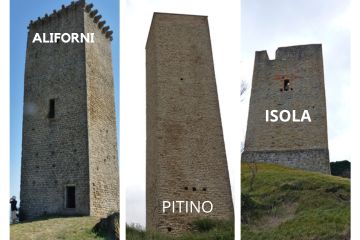
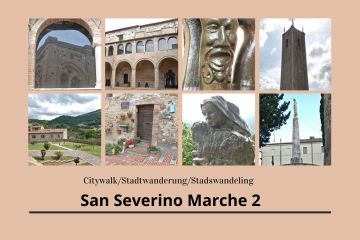
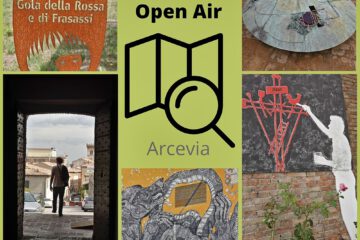
0 Comments